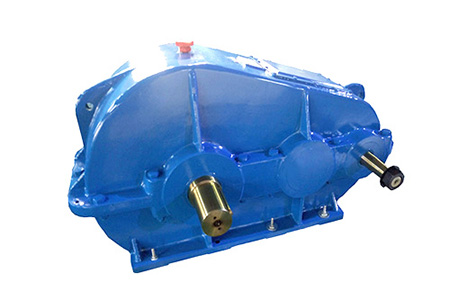Views: 0 Author: Site Editor Publish Time: 2013-08-09 Origin: Site

Roller, inverted gear and friction drive that are making a comeback in speed regulation. Hydraulic or electric drive may be the most suitable for some specific occasions, they have the advantage of being able to store some energy for speed regulation.
Gear transmission has the following characteristics:
(1) It is extremely compact, so it is particularly useful when space is limited, and belt or hydraulic transmission is more advantageous for long-distance transmission.
(2) It needs lubrication, which may be a strength or a weakness.
(3) Good rigidity, which may also be a strength, or may be a weakness.
(4) Synchronous transmission can be realized. For many applications, an accurate speed ratio is necessary, but belt slip and hydraulic slip help to share the overload.
(5) Change the direction (appear frequently).
(6) When the load is very high, installation out of adjustment is not allowed.
(7) The requirements are very accurate. Generally speaking, the pitch diameter deviation should not exceed 20mm, and the error of the toothed belt drive can reach 200mm.
(8) In the case of high torque, gear transmission is cheaper than hydraulic or electric transmission.
(9) In the case of high torque, if the accurate gear is used, the gear transmission will have lower noise than other transmissions, but in the case of low torque, if it is disengaged, it may be a noise source.
(l0) It can work at very high speed. Unlike belt transmission, its transmission speed should not exceed 200r/min. When deciding to choose, the final choice is of course the cost. Gear transmission generally has obvious advantages in high torque situations, such as the final transmission of ship propellers. But at very low torque, it may lack competitiveness.


